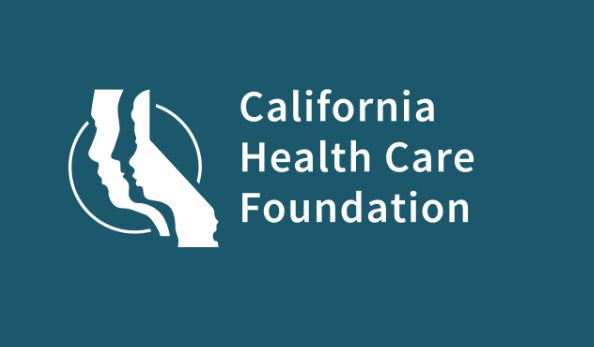Private Equity in Health Care: Prevalence, Impact and Policy Options for California and the U.S.
By
Christopher Cai, Resident Physician, Brigham and Women’s Hospital
Zirui Song, Associate Professor of Health Care Policy and Medicine, Harvard Medical School
May 7, 2024
 At its most recent peak in 2021, private equity (PE) investment into the broad health care economy, which includes health care service providers, health care technology, and the pharmaceutical and biotech industries, totaled about $83 billion nationally and $20 billion in California. While the majority of overall PE dollars has gone to biotechnology and pharmaceuticals in recent years, PE acquisitions of health care service providers (such as outpatient clinics, hospitals and nursing homes) make up a significant portion of all PE health care deals.
At its most recent peak in 2021, private equity (PE) investment into the broad health care economy, which includes health care service providers, health care technology, and the pharmaceutical and biotech industries, totaled about $83 billion nationally and $20 billion in California. While the majority of overall PE dollars has gone to biotechnology and pharmaceuticals in recent years, PE acquisitions of health care service providers (such as outpatient clinics, hospitals and nursing homes) make up a significant portion of all PE health care deals.
This brief synthesizes publicly available data and academic research to outline national and California-specific trends in PE investment in the broad health care economy, then dives deeper into PE investment in health care service providers. It then reviews the effect of PE acquisitions of health care service providers on economic and clinical outcomes and explores emerging national and state-based policy
approaches to oversight.
Key findings include:
-
Nationally, between 2019-2023, PE deals to acquire health care service providers totaled $46.9 billion and represented over half (n=3326/5779) of all PE deals in the broad health care economy. In California, acquisitions of health care providers totaled $4.31 billion dollars between 2019-2023 and represented roughly a third of all health care deals (n=307/875).
- PE firms now own approximately 8% of all private hospitals in the U.S. and approximately 6% of private hospitals in California.
- PE acquisition of health care service providers is associated with:
- higher costs for patients and insurers
- lower patient satisfaction
- mixed changes to operating costs
- mixed to worse quality of care
- worse financial outcomes for entities being acquired
- Federal and state policymakers, including in California, are exploring a range of options to increase oversight, including:
- Empowering federal antitrust regulators to review PE mergers and acquisitions in a more time- and cost-effective fashion. At the state level, empowering state attorneys general or some other state-based regulatory authority to review and reject PE mergers and acquisitions deemed to be anticompetitive.
- Improving public transparency of PE ownership, the specifics of a proposed deal (e.g. amount or proportion of debt used), subsequent firm finances, and prices.
- State or federal requirements or conditions that safeguard against “asset stripping,” the common PE practice of reducing staff, shifting to lower cost staff, or selling real estate shortly after acquiring a health care service provider to maximize profits.
- Federal or state policymakers could also consider limits on the amount of debt or leverage allowed in a PE acquisition. Since PE firms typically use debt to finance 60-80% of the price of acquisitions, and that debt is then transferred to the entity being acquired, such limits could help protect the long-term financial stability of health care providers that are acquired.
Given that the rapid pace of private equity investment in health care has historically exceeded that of…
[READ THE COMPLETE REPORT HERE]
